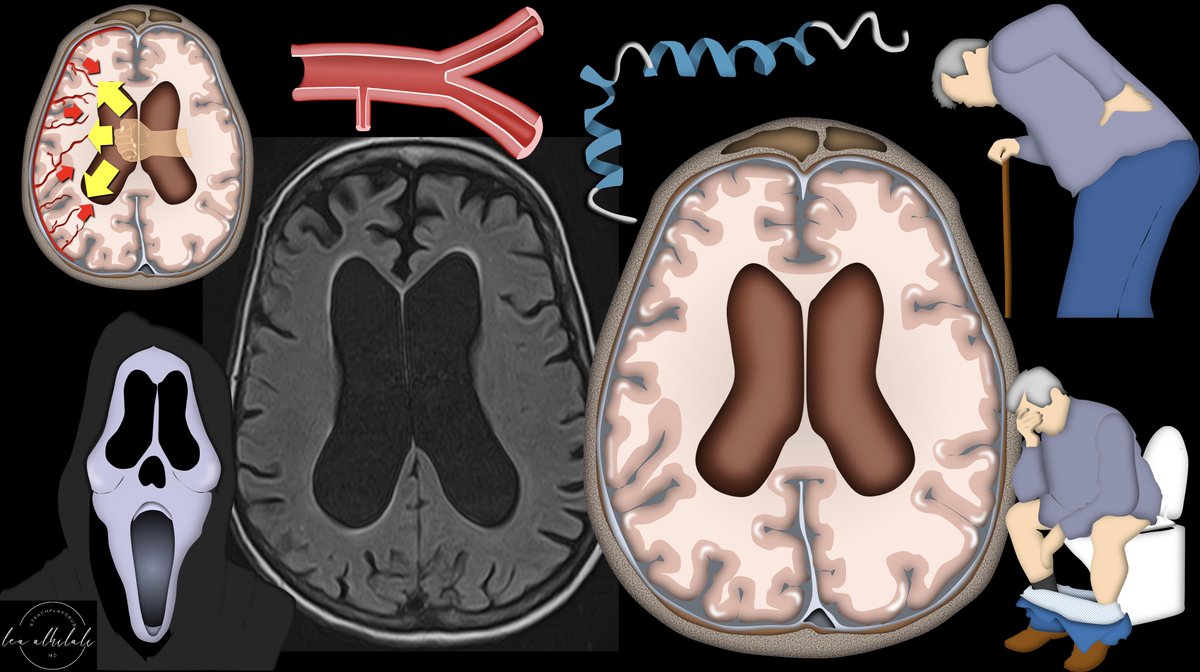1/Does trying to figure out cochlear anatomy cause your head to spiral? Hungry for some help?
Here’s a #tweetorial to help you untwist cochlear CT anatomy w/food analogies!
#medtwitter #FOAMed #FOAMrad #medstudenttwitter #medstudent #neurorad #radres
@MedTweetorials #HNrad
Here’s a #tweetorial to help you untwist cochlear CT anatomy w/food analogies!
#medtwitter #FOAMed #FOAMrad #medstudenttwitter #medstudent #neurorad #radres
@MedTweetorials #HNrad

2/On axial temporal bone CT, you cannot see the whole cochlea at once. So let’s start at the bottom. The first thing you come to is the basal turn of the cochlea (makes sense, basal=bottom). On axial images, it looks like a banana. I remember both Basal and Banana start w/B. 

3/As you move up to the next slice, you start to see the upper turns of the cochlea coming in above the basal turn. They look like a stack of pancakes. Pancakes are the heart of any breakfast, so they are at the heart or middle of the cochlea on imaging. 

4/On this slice showing pancakes, you can see the round window and the round window niche. I remember that this slice is where you can see the round window bc pancakes are ROUND. 

5/As you move up, you leave the basal turn behind & see only the upper turns. These no longer look like pancakes bc cochlear scala separate them. Instead they look like a bunch of cherries. I know I’m at the cochlea top when I see cherries bc you always put a cherry on top! 

6/Here’s an easy way to remember the order of the appearance of the cochlea. Starting at the basal turn, B is for banana & basal. Bananas can make banana pancakes, so the next slice is pancakes. Finally, you put a cherry on top of the pancakes, so top of the cochlea is cherries. 

7/On the coronal plane, you get a sense of the spiral nature of the cochlea. It looks like the spiral of a snail’s shell. 

8/Looking closely, you can see eyes of the snail on coronal images.Eyes are right in front of the cochlear snail shell—canal of labyrinthine facial nerve segment going anterior & canal of the tympanic segment coming back. Makes sense that the FACIAL nerve canal would be the EYES 

9/So now you know the anatomy of the cochlea, so it won’t just look like the layered rolls of Jabba the Hutt to you. May the force of this knowledge be with you! 

• • •
Missing some Tweet in this thread? You can try to
force a refresh






















